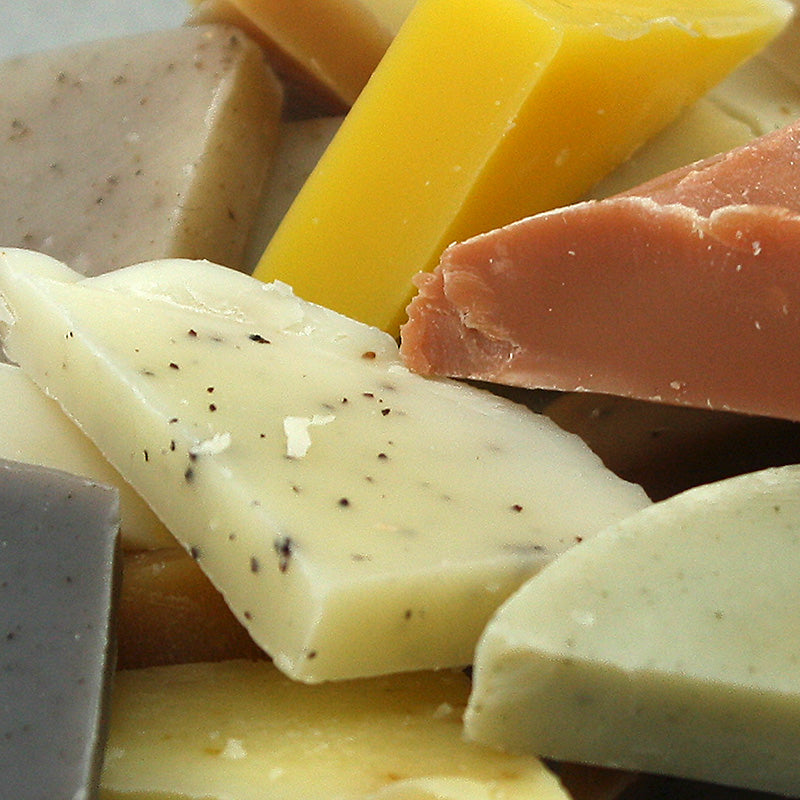What is Soap?

What is soap?
Soap is simply the product that comes from mixing a mild acid (fats and oils) and a base (sodium hydroxide, also called lye) together. When combined, those two ingredients produce a basic salt (soap) and glycerin. This is not the kind of salt that you sprinkle on your eggs, but is chemically related. This process is called saponification.
What makes one soap different from another?
Soaps will have different cleaning properties and lathering capabilities, depending on the kinds of fats and oils used to make them. Oils and fats in nature are actually triglycerides, which means that there are three fatty acid molecules linked to one molecule of glycerol.
The kind of fatty acid varies, depending on the oil/fat and each one has its own personality and purpose. For example, Stearic, Ricineoleic and Palmitic fatty acids all give soap a more stable lather. Lauric and Myristic fatty acids make a fluffy soap with good cleansing properties. Linoleic and Oleic fatty acids make a nice conditioning bar. You’ll be tested on these names later. The point is, each one on its own doesn’t make a great bar of soap. In order to get all of those properties that we appreciate in good soap, they must be combined and balanced. That’s where the art and craft of soapmaking comes in. It’s like baking, you need to know the ingredients and how they will combine and react with each other to get a great end product.
Coming soon...How are handcrafted soaps different from commercial soaps?


Leave a comment